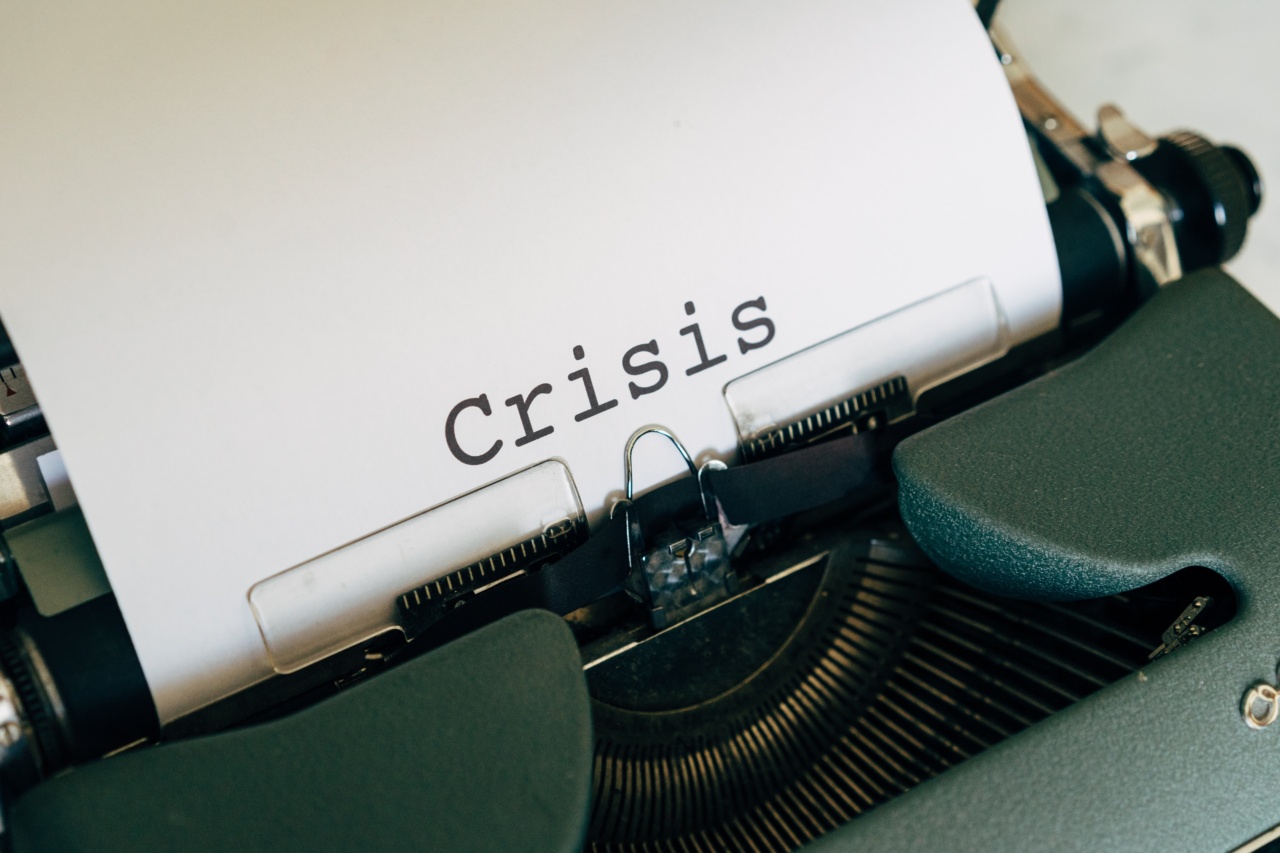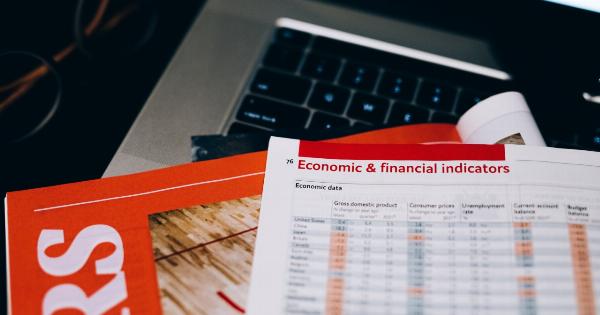In times of financial crisis, it becomes essential to make every penny count. One of the areas where we can save a significant amount of money is our grocery shopping.
By creating a budget-friendly grocery list, you can minimize your expenses while still providing nutritious meals for yourself and your family. In this article, we will discuss some effective strategies to build a budget-friendly grocery list during a financial crisis.
1. Assess Your Current Financial Situation
The first step in building a budget-friendly grocery list is to assess your current financial situation. Take a close look at your income, monthly expenses, and any available savings.
Understanding the extent of your financial crisis will give you a clear idea of how much you need to save on your grocery shopping.
2. Set a Realistic Grocery Budget
Based on your assessment of the financial crisis, set a realistic grocery budget. Determine the maximum amount of money you can allocate for groceries each month. This will help you stay on track and avoid overspending on unnecessary items.
3. Plan Your Meals
Meal planning is crucial for building a budget-friendly grocery list. Start by creating a weekly or monthly meal plan, taking into consideration ingredients you already have at home.
Look for recipes that use affordable and versatile ingredients, such as beans, rice, pasta, and seasonal fruits and vegetables. Planning your meals in advance will prevent impulsive purchases and help you make the most of what you buy.
4. Make a List and Stick to It
Before heading to the grocery store, make a list of the items you need. Organize the list based on the layout of the store to minimize the chances of picking up unnecessary items. It’s important to stick to the list and avoid impulse purchases.
Only buy what you actually need for your planned meals.
5. Compare Prices
Don’t settle for the first pricing you see. Compare prices of different brands and stores to find the best deals. Consider buying generic or store brands, as they are often cheaper than well-known brands but offer similar quality.
Take advantage of discounts, sales, and coupons to further reduce your grocery expenses.
6. Buy in Bulk
Buying in bulk can be a great way to save money on groceries, especially during a financial crisis. Look for non-perishable items, such as rice, pasta, canned goods, and cleaning supplies that you use frequently.
Buying in bulk can help you save money in the long run and reduce the number of grocery store trips.
7. Avoid Processed and Prepackaged Foods
Processed and prepackaged foods are often more expensive compared to their fresh counterparts. They also tend to be less nutritious. Instead of buying frozen meals or packaged snacks, opt for fresh ingredients and cook from scratch.
Not only will this be more budget-friendly, but it will also be healthier for you and your family.
8. Shop with a Full Stomach
Shopping on an empty stomach can lead to impulsive purchases and overspending. Before heading to the grocery store, make sure you have had a satisfying meal. This will help you resist temptations and stick to your budget-friendly grocery list.
9. Minimize Food Waste
Reducing food waste is essential for maximizing your grocery budget. Plan your meals in a way that utilizes leftovers, and label and store them properly. Use any wilted or overripe produce in smoothies, soups, or casseroles.
Being mindful of food waste will not only save you money but also help the environment.
10. Consider Alternative Shopping Options
Traditional grocery stores may not always offer the best prices, especially during a financial crisis. Explore alternative shopping options, such as discount stores, farmer’s markets, or online grocery delivery services.
These alternatives may provide more affordable options or discounts on bulk purchases.





























